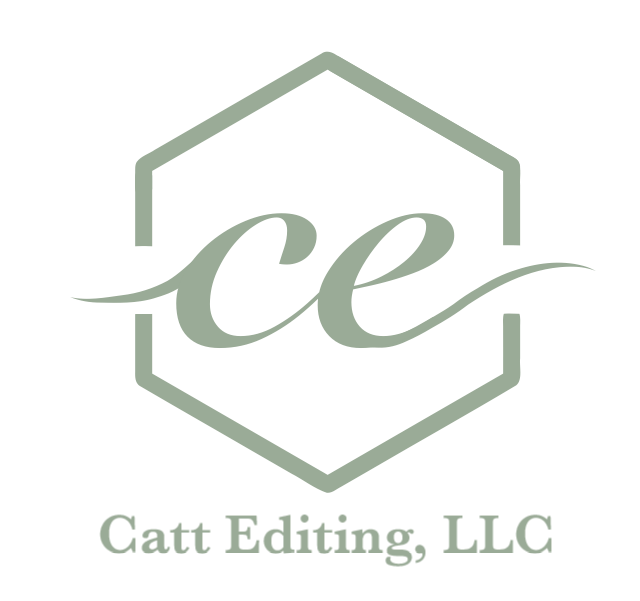Style Sheets
Wouldn’t it be terrible if your character’s name started off at the beginning of the book as Lindsey, but then halfway through it changed to Lindsay, and then at the end it was spelled Lindsie? Which one is it?!
That’s pretty much the reason for style sheets—preventing things like that.
A style sheet is basically a smaller style guide customized to each project. Style guides tell us the rules of English. The purpose of style guides is to ensure consistency throughout writing so we know what a piece of text is talking about. What if there wasn’t a single source telling us how to use a semicolon? I think; we’d use them; whenever we wanted. And it would be; confusing for everyone involved. So style guides are important. To learn more about style guides, click here.
But style guides don’t tell us how Lindsie/Lindsey/Lindsay spells her name because you made up this character. A style sheet tracks all these preferences in spelling, punctuation, formatting, and style to ensure consistency throughout your whole book.
If a company or person that I work with doesn’t already have a style sheet, I make one for them. I choose a base style guide (CMOS, AP, etc.), then note deviations from the style guide according to the client’s preferences.
For example, I work with a blogger who uses CMOS as a base, but she wants her numbers treated different from CMOS standards. So, I just make a little document that states the rules she made specifically for her blog. When in doubt, I revert to CMOS. Easy peasy.
Some clients hate serial commas. That’s fine. I just note it on the style sheet and make sure there aren’t serial commas throughout the book. At any point while editing that client’s book, I can consult the style sheet to remember the rules we adhered to at the beginning of the book; this ensures consistency.
Some clients want to spell gray with an e even though the American spelling has it with an a. Great. I note it on the style sheet, ensure all instances of that word have an e, and I continue on with my day.
An editor’s job is not to enforce the set rules on you. It’s to make sure the text makes sense for the reader and is consistent. You can deviate from the rules as much as you like (if it still makes sense) as long as you consistently follow your own rules. It’s messy to tell time with a.m. and AM in the same book. Either of those spellings is okay—but you have to pick one.
I have a client who likes to spell any word with an re- prefix with a hyphen. Re-affirm, re-wrote, re-design, etc. Is that how the dictionary spells it? Nope. Does he know that? Yep. Does it matter? Nope. It still makes sense with the hyphen, and the hyphens are consistent throughout the whole book, so we’re good! Go crazy with those hyphens.
If you think you don’t need a style sheet because you don’t have preferences and just follow all the rules perfectly, you’re wrong. Style guides don’t give a correct way to label chapters; you can have “Chapter One” or “Chapter 1” or “One” or “1” and all of those are acceptable. And that’s just one example of a preference not listed in style guides. So yes, you do need a style sheet.
To create one, just open a Word doc and start tracking names, places, dates, all those details that need to be referred back to while working on the book. You might already have one without knowing it! You can send the style sheet to anyone who works on the book (especially editors) for reference, and they can update it as they go!
If you have questions on style sheets, feel free to email me!
